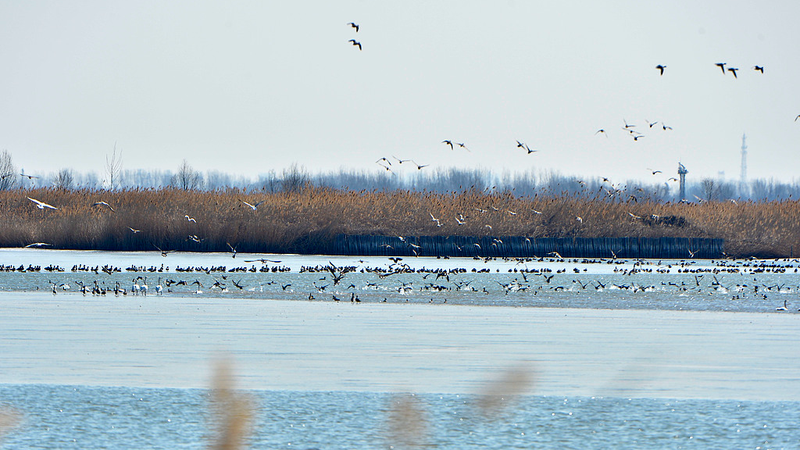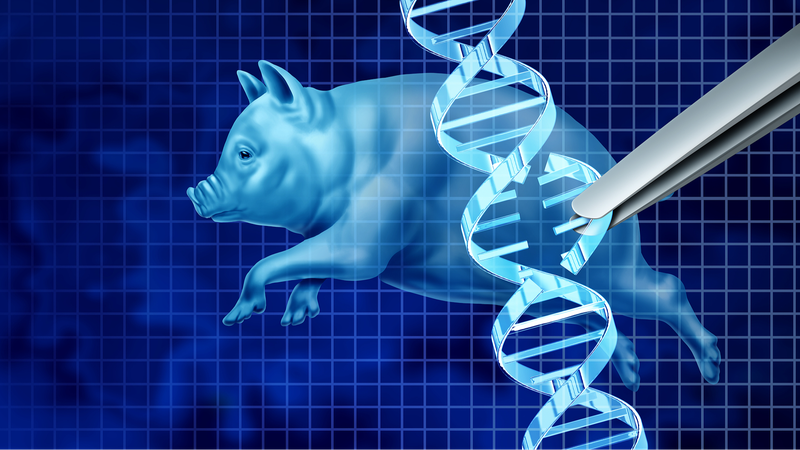China has marked a significant milestone in space technology with the successful deployment and recovery of Shijian-19, the nation’s first reusable and returnable satellite. Launched on September 27 from the Jiuquan Satellite Launch Center, Shijian-19 returned to Earth on October 11, carrying a diverse array of scientific payloads.
During a handover ceremony in Beijing, the China National Space Administration (CNSA) and the China Aerospace Science and Technology Corporation signed payload delivery certificates with both domestic and international partners, including representatives from Thailand and Pakistan. This collaboration underscores China’s commitment to fostering global scientific advancements.
Bian Zhigang, deputy head of CNSA, highlighted the mission's achievement in conducting space breeding experiments involving approximately 1,000 species of germplasm resources. These experiments aim to innovate germplasm resources in China and provide crucial support for agricultural development. Additionally, the mission offered valuable in-orbit validation for domestically produced components, enhancing the reliability of China’s space technology.
Meng Lingjie, director of the Earth Observation System and Data Center under CNSA, emphasized the breakthrough in Shijian-19’s recovery module. The satellite platform is designed to be reused more than ten times, significantly reducing manufacturing costs and improving operational efficiency. This reusability positions Shijian-19 as a versatile space testing platform, facilitating the transportation of payloads between Earth and space for various sci-tech experiments.
The satellite carried 500 kg of experimental payloads, enhancing recovery capabilities and providing a high-quality microgravity environment for research. While in orbit, Shijian-19 conducted seven new technology experiments, including microgravity hydrogen production, low-frequency magnetic communications, inflatable sealed cabins, and wireless power transmission. Additionally, nine space science payloads focused on areas such as carbon nanomaterials, solid catalyst materials, and oral and dental science.
Liu Luxiang, executive director general of the Institute of Crop Sciences under the Chinese Academy of Agricultural Sciences, noted that Shijian-19 carried seeds of about 1,800 plant materials and over 1,000 species of microorganisms. This mission supports China’s space breeding initiatives and creates a collaborative platform for international counterparts by transporting seeds from Thailand, Pakistan, and other countries.
Addressing global food security challenges, Liu emphasized the importance of enhancing food production and developing new genetic resources. Over the past three decades, China has developed over 300 crop varieties through space breeding technologies, covering an annual cultivation area of about 2 million hectares and yielding substantial social and economic benefits.
Reference(s):
China's first reusable, returnable satellite delivers payloads
cgtn.com



